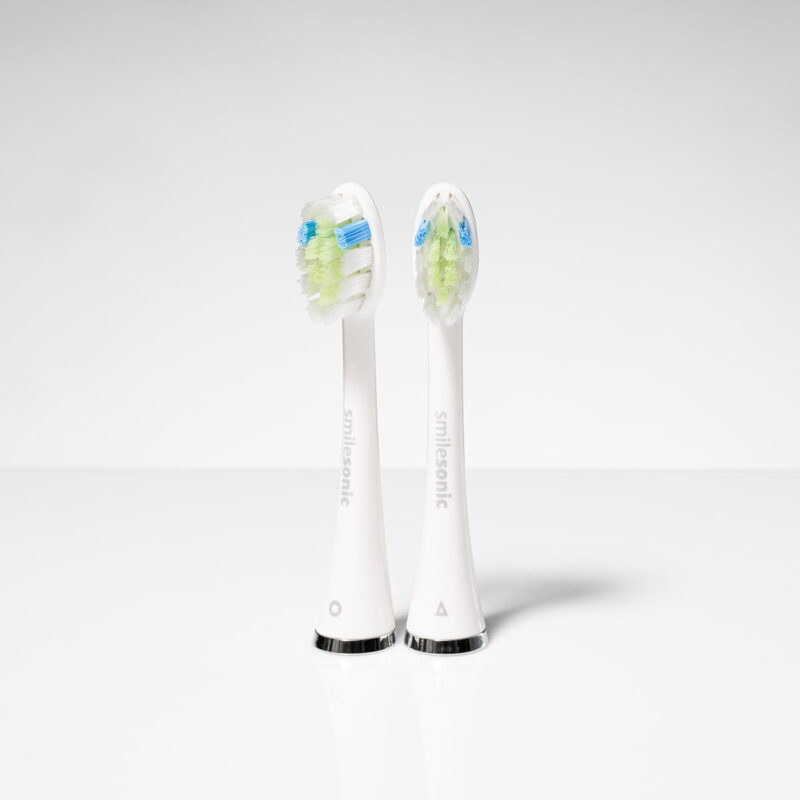Smilesonic brush heads
Showing all 6 results
A sonic toothbrush would not be able to fulfil its role effectively without an appropriate cleaning head. The heads for Smilesonic toothbrushes feature an elongated shape, which makes it possible to perform sweeping movements – the most recommended technique for the daily care of the oral cavity. Thanks to the cooperation with the handle’s mechanisms, our company’s cleaning heads are excellent at removing bacteria, guaranteeing pleasant, non-invasive cleaning.
-
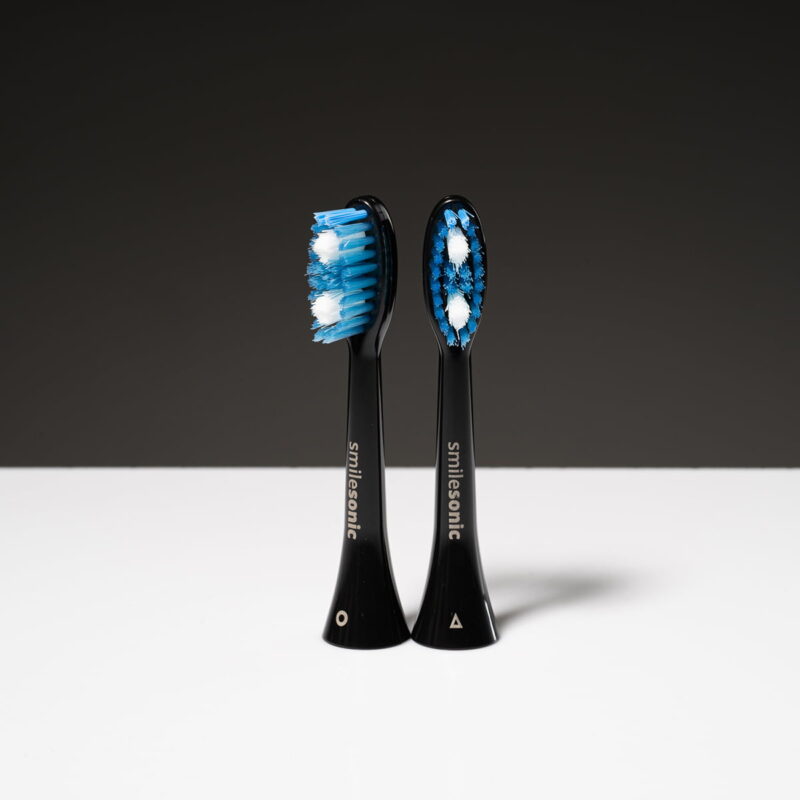 Select options This product has multiple variants. The options may be chosen on the product page
Select options This product has multiple variants. The options may be chosen on the product pageDailyCare brush heads
£9.50 -
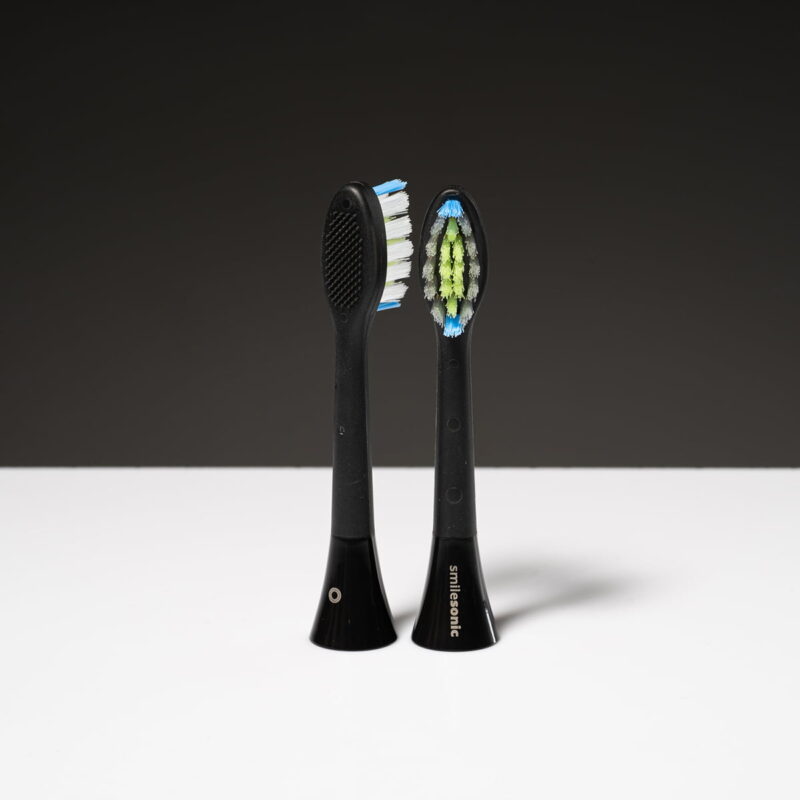 Select options This product has multiple variants. The options may be chosen on the product page
Select options This product has multiple variants. The options may be chosen on the product pageOrthoClean brush heads
£9.50 -
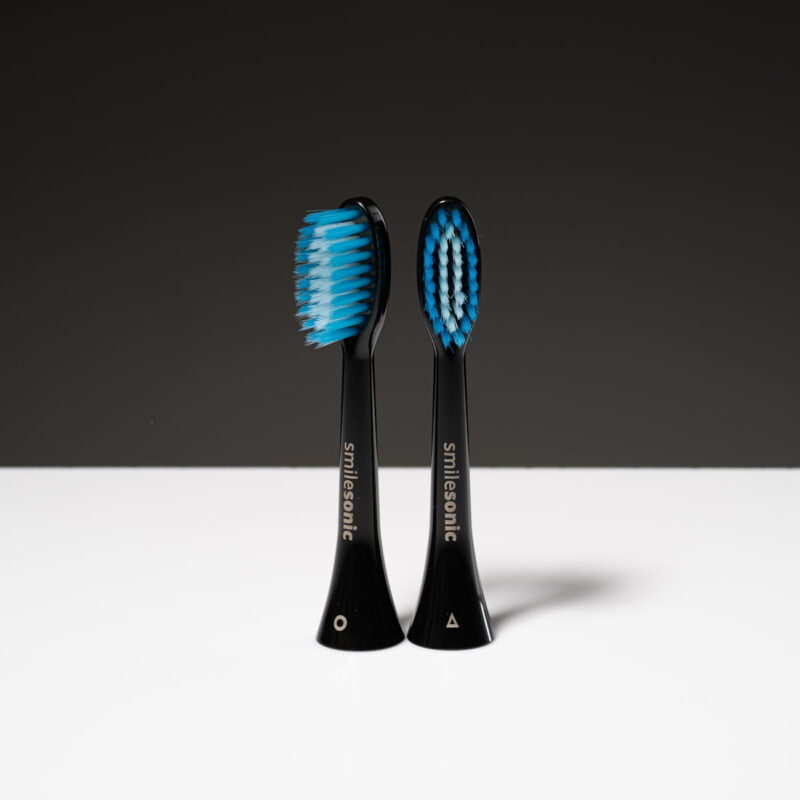 Select options This product has multiple variants. The options may be chosen on the product page
Select options This product has multiple variants. The options may be chosen on the product pageSensiTouch brush heads
£9.50 -
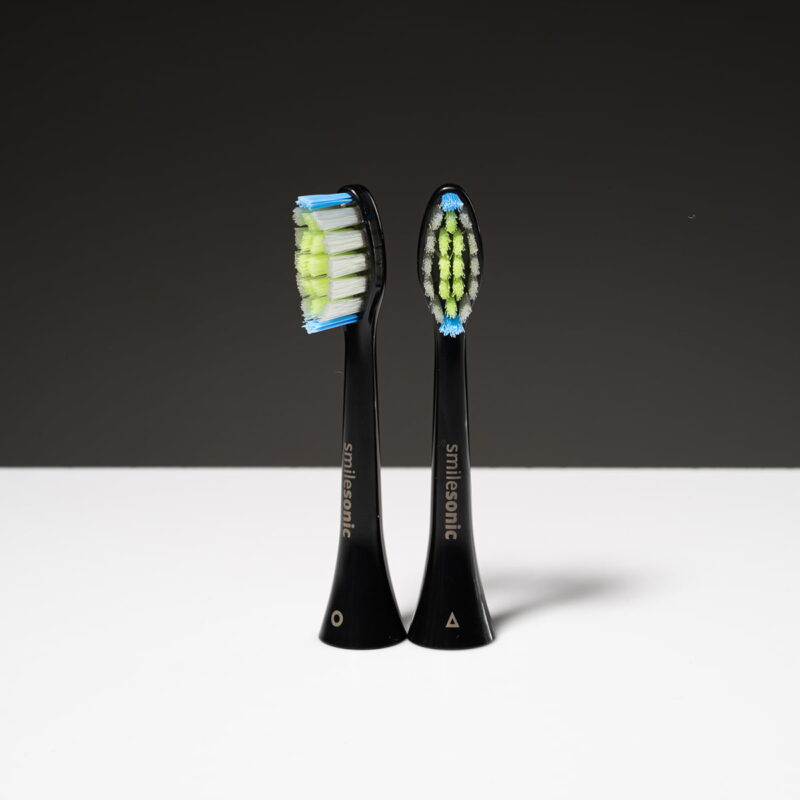 Select options This product has multiple variants. The options may be chosen on the product page
Select options This product has multiple variants. The options may be chosen on the product pageShinyWhite brush heads
£9.50 -
SupremeWhite brush heads
£11.50 -
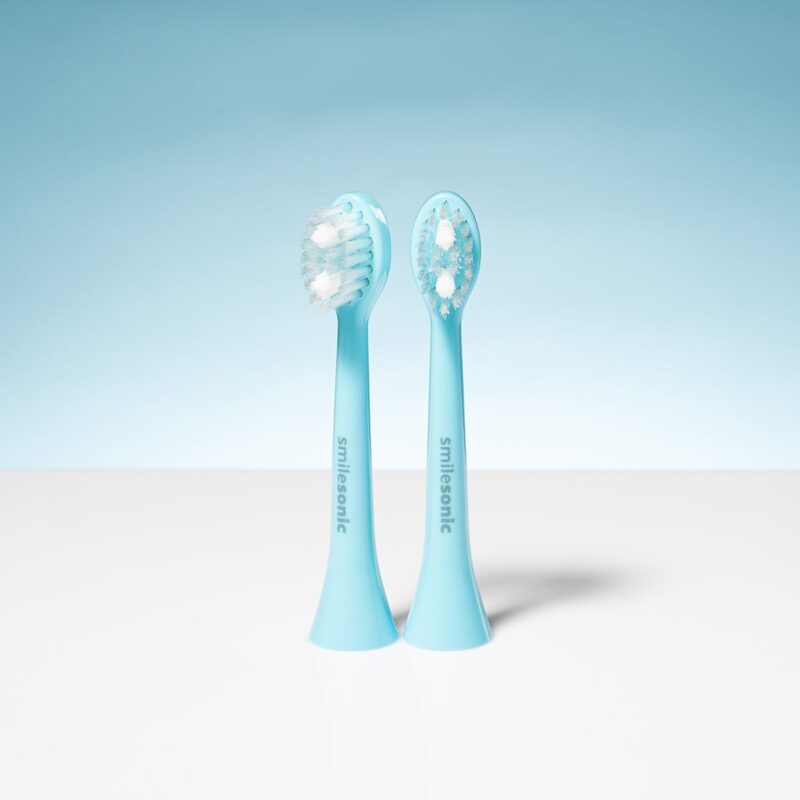 Select options This product has multiple variants. The options may be chosen on the product page
Select options This product has multiple variants. The options may be chosen on the product pageKIDS brush heads
£10.50
- Heads for sonic and electric toothbrushes – what are they? They are nothing more than replaceable tips whose movement depends on the device that generates it. They can perform oscillating-rotating, pulsating, or sweeping movements, but they can also be based on sound waves and ultrasound. After some time, the bristles are deformed, which is a sign there is a need for a replacement. The most popular brands that manufacture this type of elements for electric toothbrushes are: Oral-B, Philips, Seysso, Megasonex, and Smilesonic, but there are other brands as well.
It is important to remember that cleaning heads are compatible only with the toothbrushes originating from the same manufacturer. They might be different in terms of shape, hardness, length, bristle type, as well as additional features that facilitate brushing.
Toothbrush heads usually feature colourful elements that distinguish them from one another. These devices are of personal and intimate character, which is why one head should belong to one person only.
Types of toothbrush cleaning heads
The replaceable heads are different depending on the technology applied in the specific toothbrush. We can distinguish the following types:
- heads for rotating toothbrushes – their heads are characterised by a circular shape, and they perform oscillating-rotating movement with pulses. They are also small, which makes brushing easier.
- heads for sonic toothbrushes – they have elongated heads that are similar to traditional toothbrushes, and their bristles are adapted to perform sweeping movements along with vibrations with the frequency of sound waves.
- heads for ultrasound toothbrushes – their heads are similar to the sonic ones. The bristles do not perform any movement as they focus on conducting sound waves at high frequencies.
We can also differentiate the heads in terms of their bristles:
- heads with soft bristles – recommended to those with delicate gums and hypersensitive teeth as they provide both effective and safe cleaning
- medium-hard bristles – standard heads for everyday tooth brushing whose elastic bristles thoroughly clean the oral cavity without irritating the gums.
- heads with hard bristles – designed for adults with healthy gums. They have been created for intense brushing in order to quickly remove plaque and food remains accumulating in the oral cavity. They also help reduce surface discolouration.
What are the characteristics of toothbrush heads?
The manufacturers of sonic toothbrushes focus on the precise design of cleaning heads, and the proper arrangement of bristles to make sure the elements are adjusted to the individual needs of their customers. Thanks to that, we can choose between different heads with different purposes, e.g., whitening or designed to clean orthodontic braces.
Whitening heads feature hard and densely arranged bristles whose task is to remove discolouration, sediments and plaque. Orthodontic heads are designed to clean elements of orthodontic braces, bridges and implants. There are also heads designed for children, which are characterised by smaller size, designed for smaller oral cavities, and by elastic or soft bristles that provide effective and safe cleaning. We can also replace point heads, which are used to clean areas that are difficult to reach in the oral cavity, e.g. interdental spaces.
Which head should I choose for a sonic toothbrush?
- Of course, this depends on several factors, including the brand of the toothbrush, your individual needs and the health of the oral cavity of the person. If our gums and teeth are delicate, or if we struggle with periodontitis, we should choose heads with soft and densely arranged bristles.
- If our aim is to intensely brush teeth, whitening heads with harder bristles will be ideal. They quickly and effectively remove plaque and discolouration.
- Are you going through orthodontic treatment? Select special point heads to perfectly clean the spaces around brackets and archwires of your dental braces.
- Nearly all manufacturers of sonic and electric toothbrushes also offer heads for toothbrushes that are designed for children. The toothbrush heads should be smaller, and the bristles softer and adapted to the gums and teeth of the youngest users.
- The choice of the right toothbrush head is a very personal decision, but it is worth to consult a specialist before making the choice.
How often should you replace toothbrush heads?
Heads for sonic toothbrushes should be replaced every three months because they get deformed, and bacteria as well as dirt accumulate on their surface. Bent and jagged fibres may irritate the gums, and – consequently – cause them to bleed and suffer from inflammation. Most heads are equipped with a bristle wear indicator that changes colour when the bristles deteriorate.
How to store sonic toothbrush heads?
The heads should be stored in a hygienic way to prevent them from dirt and drying, e.g., in a case designed for this purpose. It is also important not allow for contact between the heads of different users. The hygiene of replaceable heads has a big influence on the health of the teeth and gums. Some manufacturers also add cases to their electric toothbrush sets, as well as hooks for replaceable heads, which allow for hygienic storage.
